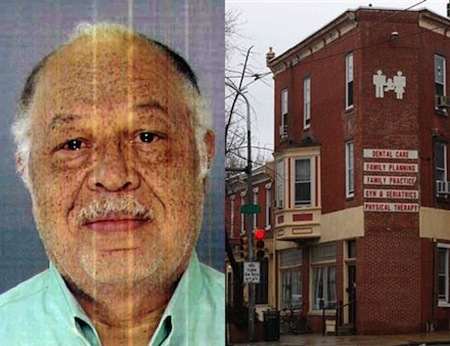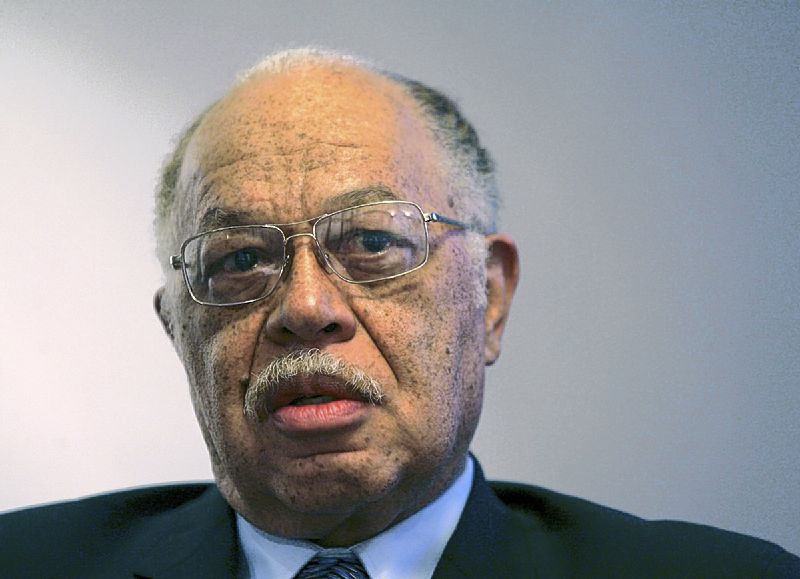by Anna Higgins
Parents are meant to be the fundamental guiding influence of a child’s life. They are responsible for nurturing, educating, protecting, and providing for their children. This system, established at creation by God, is the foundation of every stable, prosperous society.
However, our government has attempted to undermine parental rights and distance parents as much as possible from important decisions affecting their children. This is happening despite the fact that the Supreme Court has long upheld the highest standards of protection for the rights of parents to educate and bring up their children without interference. The latest blow to the traditional family structure has been leveled by “reproductive rights” groups, a federal judge, and the FDA – all of which support the availability of a high dose hormonal contraceptive over the counter to young girls without a prescription.
In 2011, Kathleen Sebelius, Secretary of Health and Human Services, denied a recommendation by the FDA that would have allowed over the counter access to Plan B, a high dose “emergency contraceptive,” for young girls. Both she and President Obama stated that the FDA did not present enough evidence to show that this hormone would be safe for girls.
In fact, there have been no studies on the effects of Plan B on teens. All safety studies have been done on adults and assume proper use. There is no reason to believe that young girls understand that this contraceptive should only be used once a month and that it is not meant to replace oral contraceptives.
Yet a federal judge, Edward Korman of the Eastern District of New York, unilaterally disposed of those concerns when he handed down a ruling last month requiring the FDA to provide over-the-counter access of Plan B to all girls of reproductive age without a prescription. Family Research Council authored a letter to Sebelius asking her to appeal this decision, and thankfully, the Department of Justice has decided to appeal the judge’s decision. In the midst of this controversy, however, the FDA issued an approval of over the counter access to Plan B to teens as young as 15 (the previous age limit was 17).
This decision is particularly disturbing because it allows Plan B to be sold on store shelves, not behind a pharmacy counter. Thus, the only thing standing in the way of a girl purchasing this product is the local drug store cashier, who supposedly is required to check the purchaser’s ID before selling the product. There is no indication that Sec. Sebelius will overturn this new FDA decision. In fact, President Obama, in an about face from his previous support of keeping Plan B off retail store shelves, came out in support of the FDA’s new decision.
This decision is troubling, to say the least. It will only serve to distance young girls most at risk for sexual abuse and sexually transmitted infections from medical care and parental guidance. The decision to exclude parents and doctors from dealing with the sexual behavior of underage girls and the administration of a serious drug is irresponsible and dangerous.
Parents have every right to be informed and to consent to any decision affecting their child’s health, education, or upbringing. It is important to encourage parent-teen communication regarding the moral and medical issues associated with pre-marital sexual activity, as the consequences of such activity are weighty.
Teenagers under the age of 17 cannot even be admitted to an R–rated movie and schools are required to obtain a parent’s permission to administer any type of medication to a child or teen, for good reason. The new Plan B decisions, made without regard to parental or medical concern, will only serve to endanger the health and safety of children. Parents should remain vigilant as this debate continues.

















